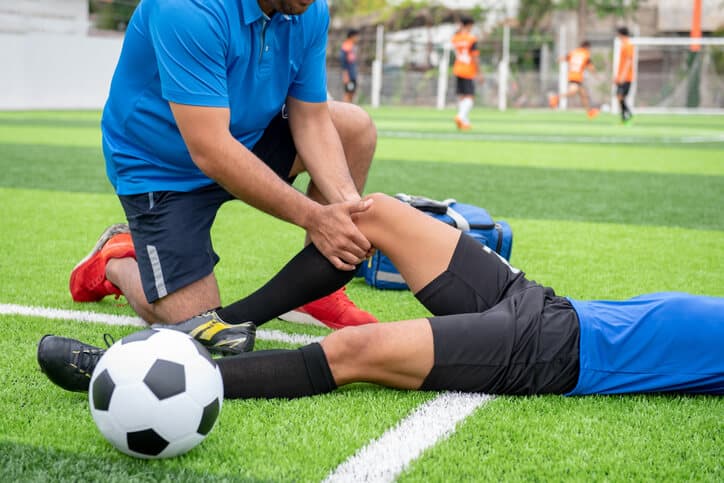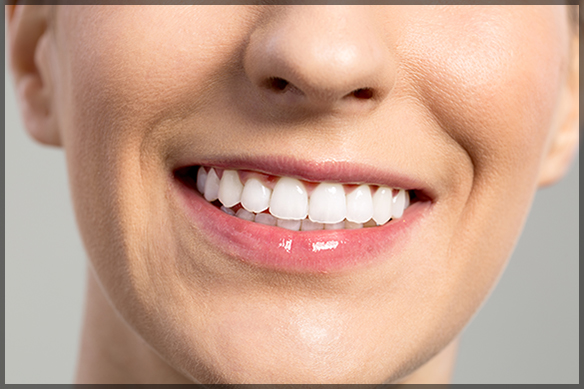Whether you’re a weekend warrior, a student athlete, or a professional competitor, sports injuries are an unfortunate part of the game. From sprained ankles to torn ligaments, these injuries can sideline athletes and disrupt training and performance. But with the right orthopedic care, recovery is not only possible—it can lead to better strength, flexibility, and resilience.
This article explores the most common sports injuries, their causes and symptoms, and how modern orthopedic care can help athletes heal faster, train smarter, and stay in the game longer.
⚽ What Are Sports Injuries?
Sports injuries are physical injuries that occur during athletic activities, training, or exercise. These can be acute (sudden) or chronic (developed over time) and can affect bones, muscles, tendons, ligaments, and joints.
They typically fall into two categories:
- Traumatic injuries: Result from sudden force or impact (e.g., falls, collisions)
- Overuse injuries: Develop gradually due to repetitive strain or poor mechanics
🩺 Most Common Sports Injuries Treated by Orthopedic Specialists
1. Sprains and Strains
- Sprain: Ligament injury (e.g., ankle sprain)
- Strain: Muscle or tendon injury (e.g., hamstring pull)
- Symptoms: Pain, swelling, bruising, limited mobility
- Treatment: RICE (Rest, Ice, Compression, Elevation), physical therapy
2. Anterior Cruciate Ligament (ACL) Tear
- Common in soccer, basketball, and football
- Often caused by sudden stops or direction changes
- Symptoms: Popping sound, knee instability, swelling
- Treatment: Surgery (reconstruction), rehab, bracing
3. Tennis Elbow (Lateral Epicondylitis)
- Caused by repetitive arm movements
- Symptoms: Pain outside the elbow, grip weakness
- Treatment: Rest, physical therapy, corticosteroid injections
4. Rotator Cuff Injuries
- Seen in sports with overhead motions (e.g., swimming, baseball)
- Symptoms: Shoulder pain, weakness, clicking sounds
- Treatment: Physical therapy, injections, sometimes surgery
5. Shin Splints
- Caused by repetitive running or jumping on hard surfaces
- Symptoms: Lower leg pain, tenderness
- Treatment: Rest, footwear change, strengthening exercises
6. Stress Fractures
- Tiny cracks in bones due to overuse
- Common in runners and gymnasts
- Symptoms: Localized pain that worsens with activity
- Treatment: Rest, cross-training, gradual return to sport
7. Dislocations and Fractures
- Occur during high-impact sports
- Symptoms: Visible deformity, severe pain, immobility
- Treatment: Realignment, immobilization, surgical repair in severe cases
👨⚕️ Role of Orthopedic Specialists in Sports Injury Recovery
Orthopedic care plays a central role in diagnosis, treatment, and recovery from sports injuries. Specialists assess the severity and type of injury, create a customized treatment plan, and guide rehabilitation.
Orthopedic treatments include:
- Diagnostic imaging (X-rays, MRI, CT scans)
- Non-surgical management (bracing, injections, therapy)
- Minimally invasive arthroscopic surgery
- Reconstructive surgeries
- Personalized rehabilitation programs
Orthopedic doctors often collaborate with physical therapists, athletic trainers, and sports psychologists to ensure a holistic recovery approach.
🧘♀️ Rehabilitation and Return-to-Play Protocols
Rehabilitation is just as important as treatment. Rushing back into activity too soon increases the risk of re-injury.
Key rehab goals include:
- Restoring full range of motion
- Building strength and endurance
- Correcting form and movement patterns
- Psychological readiness and confidence
Return-to-play (RTP) is carefully determined by orthopedic and rehab teams based on:
- Pain levels
- Joint stability
- Strength and mobility
- Sport-specific testing
🛡️ Preventing Sports Injuries: Tips for Athletes
While not all injuries are avoidable, many can be prevented with proactive strategies:
Injury Prevention Tips:
- Warm up before training and cool down afterward
- Use proper technique and body mechanics
- Wear appropriate footwear and gear
- Cross-train to reduce overuse injuries
- Get adequate rest and nutrition
- Listen to your body—don’t ignore pain
Regular checkups with a sports medicine or orthopedic specialist can also help identify and address weaknesses before they become injuries.
⚖️ Balancing Performance and Recovery
Athletes often feel pressured to perform through pain, but long-term performance depends on sustainable recovery and injury prevention.
Orthopedic care empowers athletes to:
- Understand their bodies better
- Make informed decisions about training intensity
- Avoid chronic injuries and long-term damage
Elite sports organizations now prioritize injury prevention and orthopedic health as part of overall athlete development and longevity.
FAQs About Sports Injuries and Orthopedic Care
Q1: How soon should I see a doctor after a sports injury?
A: Immediately if there’s severe pain, swelling, deformity, or inability to move the joint. Early treatment leads to faster recovery.
Q2: Can I treat a minor sports injury at home?
A: For mild strains or sprains, yes. Use the RICE method. If symptoms persist beyond 48 hours, seek medical advice.
Q3: How do orthopedic surgeons treat sports injuries without surgery?
A: Through rest, physical therapy, bracing, anti-inflammatory medications, and sometimes corticosteroid or PRP injections.
Q4: What sports have the highest injury risks?
A: Football, basketball, soccer, rugby, gymnastics, and wrestling due to contact, rapid movements, and high physical demands.
Q5: Is it safe to play sports with a previous injury?
A: Only after full rehab and medical clearance. Playing too soon increases the risk of re-injury.
Q6: What is sports medicine vs. orthopedic care?
A: Sports medicine focuses on non-surgical treatment and performance. Orthopedic care includes surgical and structural interventions.
Q7: Are children and teens more at risk for sports injuries?
A: Yes, due to growth plates and developing bodies. Proper technique, rest, and supervision are essential.
Q8: How long does it take to recover from a torn ACL?
A: Typically 6–12 months, depending on the severity and type of treatment (surgical or non-surgical).
🏁 Conclusion: Stay in the Game with Smart Orthopedic Care
Sports injuries can be frustrating, but they don’t have to end your athletic journey. With early diagnosis, expert orthopedic care, and personalized rehabilitation, athletes can recover fully and even return stronger than before.
Whether you’re aiming for the podium or playing for fun, remember: your health is your most valuable asset. Don’t ignore pain—get the care you need, and keep playing the sport you love.










